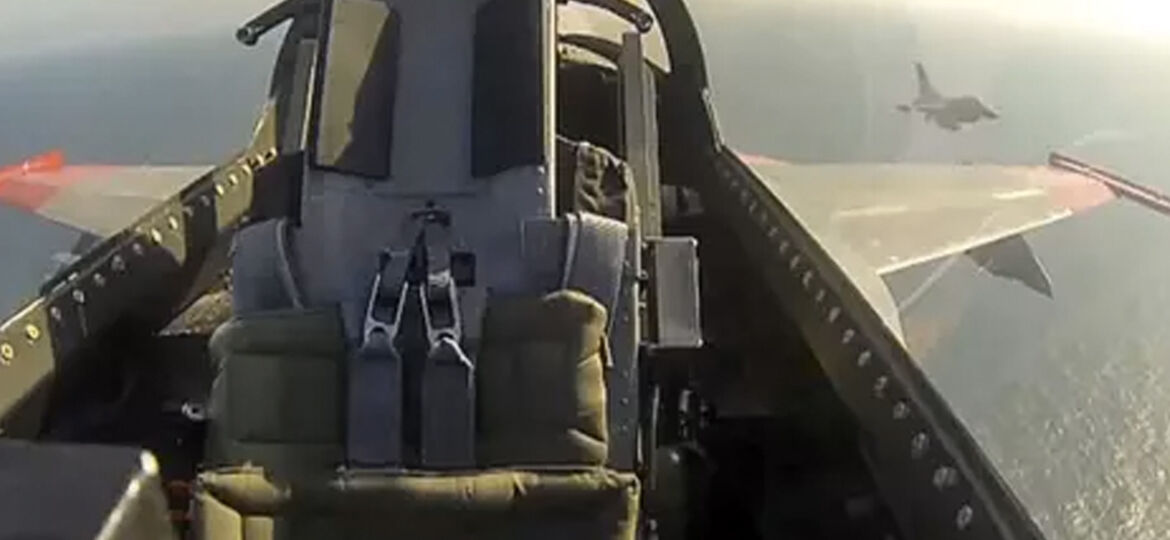
WHY THIS MATTERS IN BRIEF
Militaries around the world are weaponising AI and drones to create semi, or fully, autonomous weapons platforms and the pace of development is accelerating.
Earlier this week the US Air Force (USAF) announced that it has managed to turn an F-16 fighter jet into an autonomous combat drone that’s capable of flying combat missions on its own and then returning to fly alongside a manned aircraft, such as the F-35, or F/A-18 squadrons, which recently demonstrated their own ability to release hundreds of drones in mid air.
The program, known as “Have Raider II” is likely to see older US fighters acting as semi-disposable wingmen for more modern planes and conducting missions too dangerous for manned aircraft to carry out – something that’s been on the minds of US Air Force Chief Scientist Gregory Zacharias for a while now after he announced earlier this year that he wanted the F-35’s to be able to control swarms of “collaborative” drones. Although at that point, it has to be said, no one knew that he wasn’t just talking about controlling your common a-garden autonomous drones, such as the LOCUST swarms, and autonomous MQ-9 Reapers, but also fully functional, heavily armed F-16’s.
The program was validated after a two week exercise at Edwards Air Force Base involving the Air Force Research Lab, the USAF Test Pilot School, Lockheed Martin, and the Calspan Corporation.
During the exercises, the F-16 planned and executed an air strike according to “mission priorities and available assets.” The F-16 also managed “dynamically react to a changing threat environment” while managing “capability failures, route deviations, and loss of communication”.
The Have Raider program is part of the Air Force’s Loyal Wingman project to create autonomous aircraft that are paired with manned aircraft and can take on delegated tasks. Have Raider I focused on having an F-16 autonomously leave its manned lead aircraft, conduct an air strike, then return to flying formation. Have Raider II went a step further, forcing the F-16’s software make decisions based on operational parameters and then changing them as the situation was updated.
The program is broadly part of the Pentagon’s Third Offset Strategy, which plans to use existing equipment in new ways to maintain a technological and numerical edge over countries such as China and Russia. The USAF will decommission thousands of F-16s as the F-35A enters service and while they might no longer be cutting edge they’re cheap to fly and disposable. It looks like a win win…
In the future, Loyal Wingman could see a single F-35 accompanied by one or more autonomous F-16’s on a strike mission. As the aircraft near the target, autonomous F-16s could be dispatched to take out advanced air defense systems, and the “survivors” could then join up with the F-35 and proceed to strike the main target.
In the future wingmen could be purpose built stealthy drones, but for now the Air Force has plenty of F-16s that are free, the only cost being to convert them to operate autonomously. And that’s not very expensive…

















[…] Source link […]